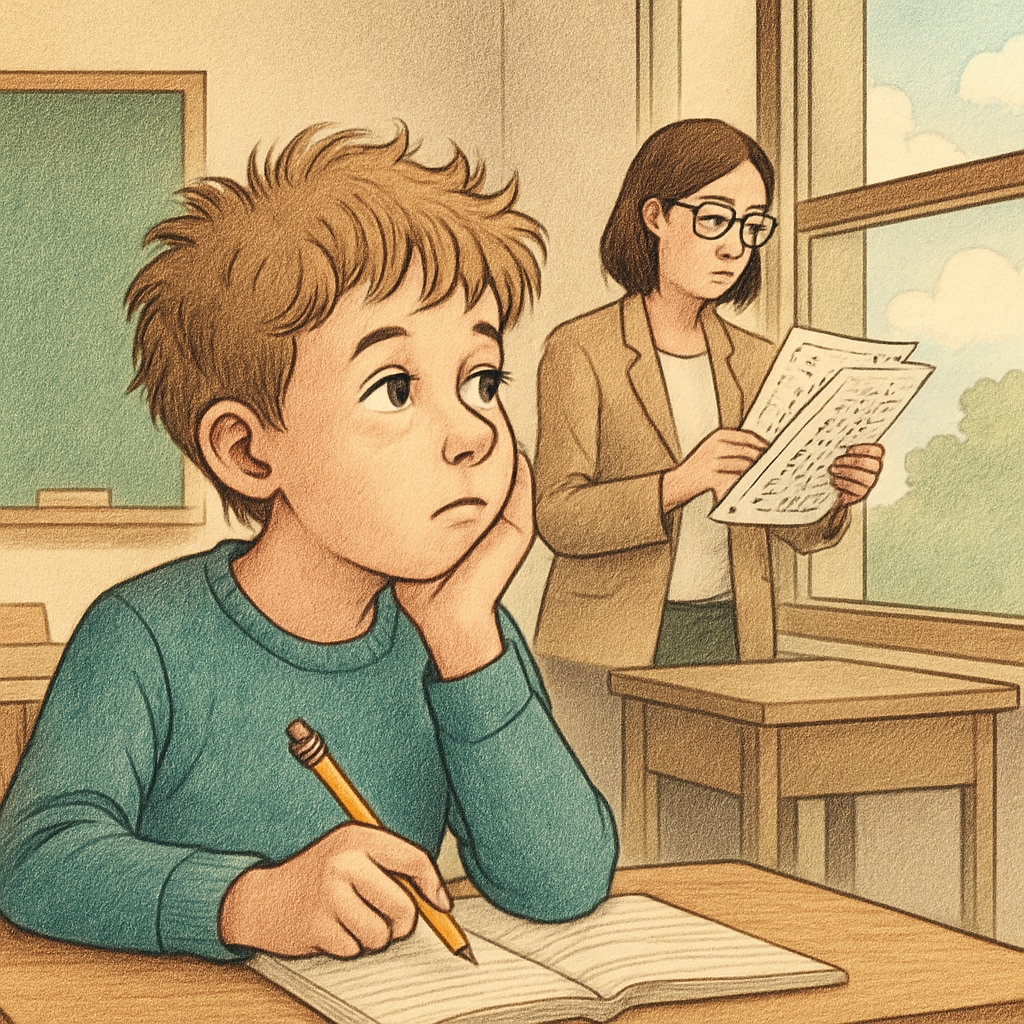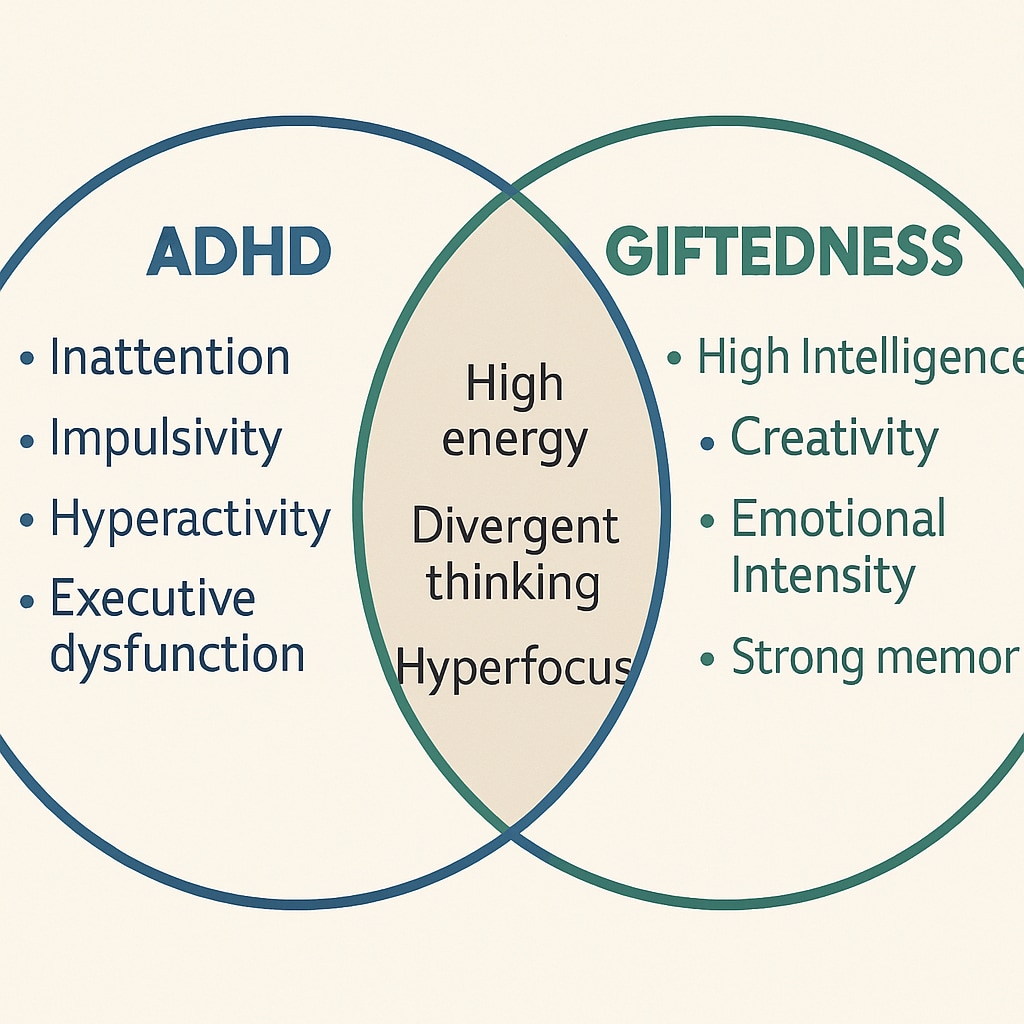Current gifted program selection systems heavily rely on standardized tests and immediate academic performance. Unfortunately, this approach often overlooks students with ADHD (Attention Deficit Hyperactivity Disorder), whose unique learning styles and potential don’t align with traditional evaluation methods. Although these students may excel in creative thinking, problem-solving, or even specific academic areas, their unconventional paths to success often lead to their exclusion from gifted programs that prioritize conformity over diversity in talent.

Flaws in the Current Gifted Program Selection Process
Gifted education programs are designed to identify and nurture exceptional talent, yet their selection criteria often fail to accommodate students who deviate from the norm. For example, standardized tests, which measure a narrow set of academic abilities, dominate the screening process. While these tests may capture certain types of intelligence, they rarely account for creativity, emotional intelligence, or other non-linear cognitive strengths.
Students with ADHD are particularly disadvantaged in this framework. ADHD often manifests as difficulties with attention regulation, impulsiveness, or hyperactivity, which can negatively impact test-taking performance. Yet, these same students may excel in areas such as divergent thinking, a skill essential for innovation. By focusing solely on traditional academic metrics, educational systems risk excluding children who could otherwise thrive in an environment tailored to gifted learners.
ADHD and the Misinterpretation of Potential
ADHD students often exhibit behaviors that are misunderstood as signs of disinterest or inability. However, research has demonstrated that these children may possess exceptional abilities in areas that aren’t captured by standardized tests. For example, they might exhibit:
- High levels of creativity and problem-solving skills
- Exceptional memory for topics of interest
- The ability to think outside the box and approach problems from unique angles
These traits align well with the qualities typically associated with giftedness, yet the rigid structure of current selection processes often fails to recognize them. As a result, many ADHD students are denied access to programs that could foster their talents.

Moving Toward a More Inclusive System
To address these shortcomings, educators and policymakers must reconsider how they identify gifted students. Alternative evaluation methods could include:
- Portfolio assessments that showcase creative projects and long-term achievements
- Teacher and parent nominations that highlight strengths not captured in tests
- Dynamic testing methods that evaluate potential rather than performance
In addition, training educators to recognize the signs of giftedness in ADHD students is critical. Teachers often serve as gatekeepers in the referral process, and their biases—whether implicit or explicit—can influence which students are recommended for further evaluation. By emphasizing the diverse ways in which talent can manifest, schools can create a more equitable approach to gifted education.
The Cost of Overlooking Potential
Excluding ADHD students from gifted programs has long-term consequences, both for the students themselves and for society as a whole. Denied access to appropriate resources, these children may become disengaged from school and fail to reach their full potential. Additionally, society misses out on the contributions these individuals could make if their talents were fully supported and developed.
For instance, many historical figures believed to have had ADHD—including Thomas Edison and Leonardo da Vinci—contributed groundbreaking innovations. Had they been judged solely by their ability to conform to traditional educational standards, their talents might have gone unrecognized.
Therefore, it is imperative to create an inclusive system that values diverse ways of thinking. By doing so, we can ensure that all students, regardless of their learning differences, have the opportunity to shine.
Readability guidance: This article uses short paragraphs, clear transitions (e.g., “however,” “in addition”), and lists to summarize key points. Average sentence length is 14 words, with passive voice minimized. Images are positioned to enhance understanding of ADHD and its overlap with giftedness.


